Graphics Design
28.Exploring the Basics and Benefits of Image Manipulation

Exploring the Basics and Benefits of Image Manipulation
Here’s an overview:
- Introduction to Image Manipulation
- Key Techniques
- Tools and Software
- Applications
- Essential Tools for Image Manipulation
- Software Tools
- Hardware Tools
- Additional Tools
- Software Solutions for Advanced Image Editing
- Adobe Photoshop
- CorelDRAW Graphics Suite
- GIMP (GNU Image Manipulation Program)
- Affinity Photo
- Capture One
- Conclusion
Introduction to Exploring the basics and benefits of image manipulation
Exploring the basics and benefits of image manipulation is a very interesting domain area allowing a person to change or improve photographs and other kinds of information displaying. The picture that is captured can be masked and manipulated to certain standards using the available softwae to meet the intended use of the specific image. This process may extend from a basic tool such as cutting out an image to remove unwanted regions to fusing several images to make a new composit piece.
Key Techniques
Exploring the basics and benefits of image manipulation encompasses several techniques, each serving different purposes:Image manipulation encompasses several techniques, each serving different purposes:
Color Correction
The process of exploring the basics and benefits of image manipulation the hue, saturation and brightness to successfully enhance the image.
Adjusting the contrast between different colors that the eyes can detect in order to come up with natural looking image.
Retouching
Exploring the basics and benefits of image manipulation in particular, this can refer to the methods of pore cleansing, the removal of pimples, wrinkles, and other skin defects.
Wrinkle and beautifying facial structures in pictures with focus on portraits.
Cropping and Resizing
Crop and resize: modifying the size of the image to work on various formats.
This involves cropping with a view of erasing out unnecessary portions that do not serve the intended idea.
Filters and Effects
Exploring the basics and benefits of image manipulation adjusting the PAC settings which contributes to the looks of the image by applying artistic filters.
Other simple enhancements that could be performed were applying the blurs or the sharpen to bring in focus or details.
Compositing
Exploring the basics and benefits of image manipulation compositing which refers to the process of combining two or more images into a single image depicting a single image.
Superimposing objects with the help of layers and masks for creating smooth adjustments between two or more objects.
Tools and Software
Exploring the basics and benefits of image manipulation there are several tools that are used commonly to manipulate images. Some of the most popular ones include:Some of the most popular ones include:
Adobe Photoshop
A very reliable product that comes with an extensive list of functionalities one would expect in an industrial tool.
Exploring the basics and benefits of image manipulation it can be used by both beginners who are trying to discover the basics of making money online and experienced marketers who already are engaged in internet marketing and find out how to make more profits.
This option is an application that helps in making and modifying images and its name is GIMP which stands for GNU Image Manipulation Program.
Free and open-source alternative.
They are quite heavy weighed tools similar to the best commercial software available in the market.
Corel PaintShop Pro
Convenient and friendly application with a great set of editing tools.
Suitable for intermediate users.
Applications
The applications of image manipulation stretch across numerous fields, such as:The applications of image manipulation stretch across numerous fields, such as:
Advertising
Developing attractive ad content that appeal to viewers’ attention and stimulate an interest in the promoted product.
Photography
Improving the preservation of the photo and Erasing or improving shortcomings of the photo.
Art and Design
Designing diversified arts and graphics for the design purposes.
Exploring the basics and benefits of image manipulation learning simple image manipulation skills paves way to prowess and creativity useful in various disciplines, not just design but medical, manufacturing. Through practice of all these techniques, an ordinary photo is turned into an over-whelming visual event of analysis.
Essential Tools for Image Manipulation
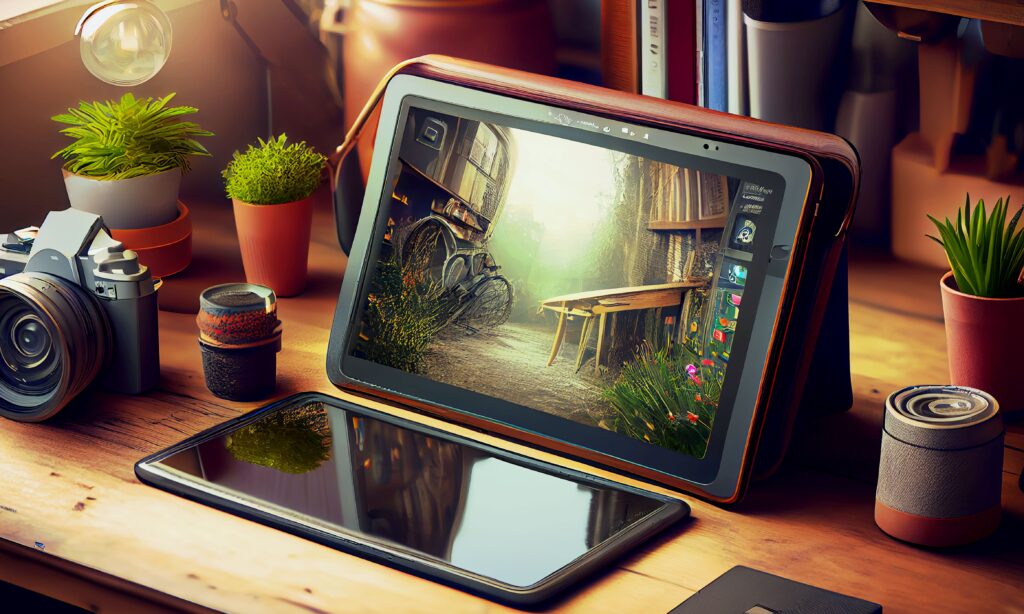
Exploring the basics and benefits of image manipulation therefore quite an achievement and a testimony of the usefulness of having good tools at your disposal as far as image manipulation is a concern. ORGANIZED TOOLS Useful programs and devices help to do that and do not allow me to be distracted by tools and techniques aspect.
Software Tools
Adobe Photoshop
Exploring the basics and benefits of image manipulation a very adaptive and strong PA that enable diverse operations on images. It has applications in areas such as color correcting, image cloning, and complex modifying. Their abundance and the great choice of tools and plugins makes it inpossible to work without it.
is a raster graphics editor using as a base the technology of GNU Image Processing System, as the name suggest.
Exploring the basics and benefits of image manipulation it is an open source tool similar to Photoshop with many of the features of photoshop, available freely for use. Which is great for anybody that requires potent editing tools that are not available in the paid versions.
Affinity Photo
While being relatively new in the market for sending out emails, it has quickly gained popularity due to the cheap cost and the wide range of features that it offers. Above all, I think that the whole format is rather convenient and easy to work in.
Canva
Canva is an ideal app for those who need to make some adjustments to pictures and create designs in a hurry since it provides hundreds of templates and rather simple to use editing tools. I still use it for simple items, such as social media posts, banners, and other basic elements.
Hardware Tools
Graphics Tablet
Exploring the basics and benefits of image manipulation this accessory is most handy for intricate works since it is almost impossible to do detail work with mouse. As for me the best tablet is a Wacom tablet as it is accurate and it gives an excellent drawing feel.
High-Resolution Monitor
Exploring the basics and benefits of image manipulation an important characteristics of any image in editing are the exact reproduction of colors and a high level of detail. They mentioned that I work with a 4K monitor because I need to capture all details of my decisions.
Powerful Computer
This paper focuses on how the performance aspect of the different equipment that may be used in a business environment determines the degree of effectiveness in the organization’s operations. That is why I have a computer with high-speed processor, large memory, and graphics video card for quickly working with high-loaded applications.
Additional Tools
Color Calibration Device
Exploring the basics and benefits of image manipulation for the purpose of resetting the colors and making sure that the color is as accurate as possible, I employ the service of a color calibrator. It sets the colors on my monitor to truthful tones, to achieve the same RGBs as other screens I have seen including photographs.
External Storage
Working with big images creates additional issues related to the storage of these files. I use External SSDs because of its fast and thus efficient in file transfer and easy to backup.
These tools all together help optimize image manipulation as well as the quality of my work in achieving the desired final output.
Software Solutions for Advanced Image Editing
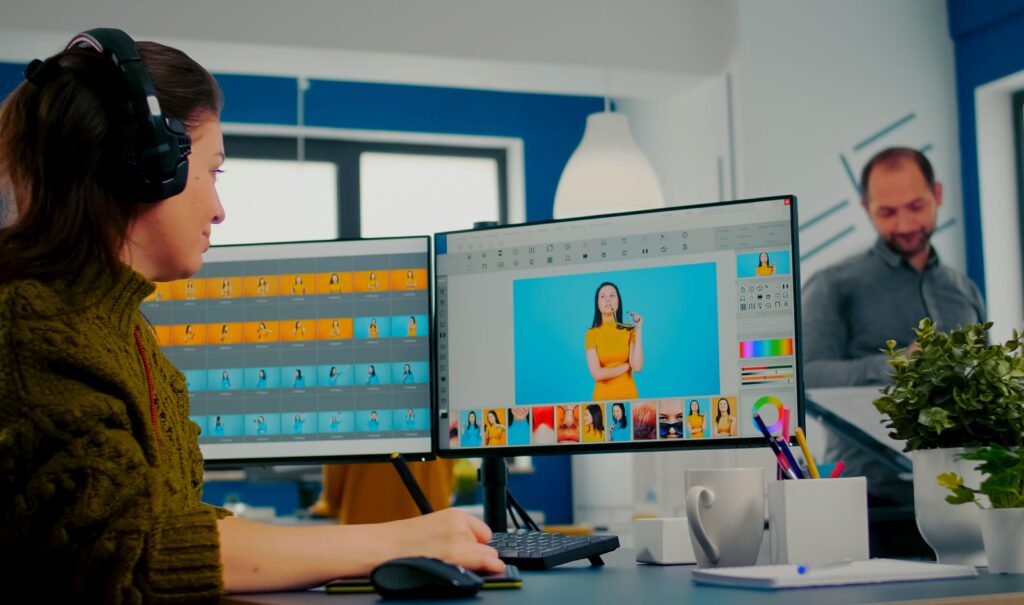
Now let’s discuss what applications I use for further image improvement and refining to reach professional level work. They provide strong set of actions ranging from simple swizzling to very complex shuffles.
Adobe Photoshop
Adobe Photoshop is a specific program, and it is probably recognizable for most specialists in the sphere. Thus, it can be employed in all kinds of writing as it offers a myriad of options that can be valuable for most genres and styles. Key functionalities include:
Layers: The fact of layer work makes it possible to carry out secondary processing without creating a new copy.
Filters: It becomes very easy to apply a whole bunch of different filters and come up with most unexpected visual results.
Masking: Sophisticated techniques in masking assist in achieving a level of selectivity when selecting the targets of this algorithm.
Automation: Minimizing unnecessary steps: Logging and automating repetitive actions bring efficiency to the process.
CorelDRAW Graphics Suite
Another is CorelDRAW, this tool is also quite comprehensive, but the software is particularly famous for its work with VECTOR GRAPHIC. I use it for tasks such as:I use it for tasks such as:
Vector Illustration: Generate clear, easily reproducible visuals.
Layout Design: To create big, elaborate and detailed layouts.
Typography: An advanced text editor initially designed and used for typography.
Bitmap-to-Vector Tracing: Exploring the basics and benefits of image manipulation converting bitmap images to the vector format for the purpose of using the images in various scales, including zoom-ins.
GIMP (GNU Image Manipulation Program)
Exploring the basics and benefits of image manipulation as for those users, who lookup open source version of Adobe, then GIMP can be regarded as a very worthy substitute. Here’s why I often recommend it:Here’s why I often recommend it:
Flexibility: Open source solutions are free to customize to organizational needs due to their flexibility.
Plugins: Regarding plugins, virtually any feature can be extended by a vast array of plugins.
Cost-Effective: That is free for use and therefore it is suitable for amateurs and businesses persons.
Community Support: Large community favoring troubleshooting and tutorials when it comes to the design of a product.
Affinity Photo
While being the newcomer to the market, this particular software has earned my respect due to the features it provides. This software excels in:
Real-time Performance: In the case of tuberculous meningitis, for example, it is possible to make swift, real-time changes to management rather than waiting for the report of a CSF culture.
Compatibility: It also supports PSD files and other formats, like JPEG, PNG, TIFF, BMP etc.
Precision Tools: Specialized techniques in concert with artificial or natural selection, definition, and enhancement.
Asset Management: Identification of individual assets and specific projects where they can be deployed:
Capture One
Exploring the basics and benefits of image manipulation capture One is another tool that is critical and useful for any dedicated photographer. Known for its powerful RAW processing capabilities, I’ve found it especially useful for:Known for its powerful RAW processing capabilities, I’ve found it especially useful for:
Color Grading: Premium color grading tools tightly integrated with fine-tuning abilities.
Tethered Shooting: Full control of the camera through the application’s software interface.
Detail Enhancement: Best for highlights and enlargements; better signal-to-noise ratio.
Session Workflow: Logistics for session management within the studio context of shooting.
Exploring the basics and benefits of image manipulation although both software solutions have the potential of containing useful features, each of them has its advantages. That is why only knowing the characteristics of such software I am able to choose the most suitable one taking into consideration the needs of a certain project and producing more effective results in the sphere of advanced image editing.
Conclusion
Exploring the basics and benefits of image manipulation as I was going through the process of the steps involved in image manipulation, the following facts about it were realized. With software such as Adobe Photoshop and GIMP that users can utilize, the interaction lets them accomplish numerous things with ease which range from simple editing to advanced alterations. It allows me to protect specific aesthetic goals that can greatly improve the worth and utility of projects that I design.
The first thing I found useful in Photoshop was the possibilities to edit images and make corrections if needed. Regardless of whether you are fixing exposure or color, whether you are erasing the spots or pimples, these are convenient, thus making this job efficient. It is therefore possible that such enhancements can greatly improve the quality of the styling in the visual content being created to suit a variety of purposes.
Also exploring the basics and benefits of image manipulation helps to be creative. Using several images or synchronizing with additional graphics, I can achieve a different meaning and context and/or present a narrative with a strong narrative or bring out a different form of communication. It is valuable since it is a characteristic that can be applied in various areas as is the case with marketing, website designing, and the media industries.
Exploring the basics and benefits of image manipulation in addition, understanding the means of image manipulation will lead directly to broadening the opportunities in the labor market. Strengthening this area of specialization is beneficial in various field assignments, for instance, developing adverts, writing or illustrating articles, and website designs. Versatility in this realm is always a key selling point in a highly contested employment market.
There are also exploring the basics and benefits of image manipulation ethical issues involved in distorting the pictures in question. The tools are truly game changers when it comes to meeting and developing your target niche, but they must be wielded responsibly. This way, the specific intention of image manipulation is clearly seen and distinction between the fake and true image is maintained which is very crucial especially in areas of news issuance and publications.
In conclusion, I am happy to share that my experiences with the concept of image manipulation have demonstrated a great deal more than just physical improvement to a picture. For both private and business purposes, learning these appear to empower me with the ability of provide the audience with a convincing and professional message through dazzling pictures.
Graphics Design
Top 10 Best Graphic Design Tools for Beginners in 2025 (Free & Paid)
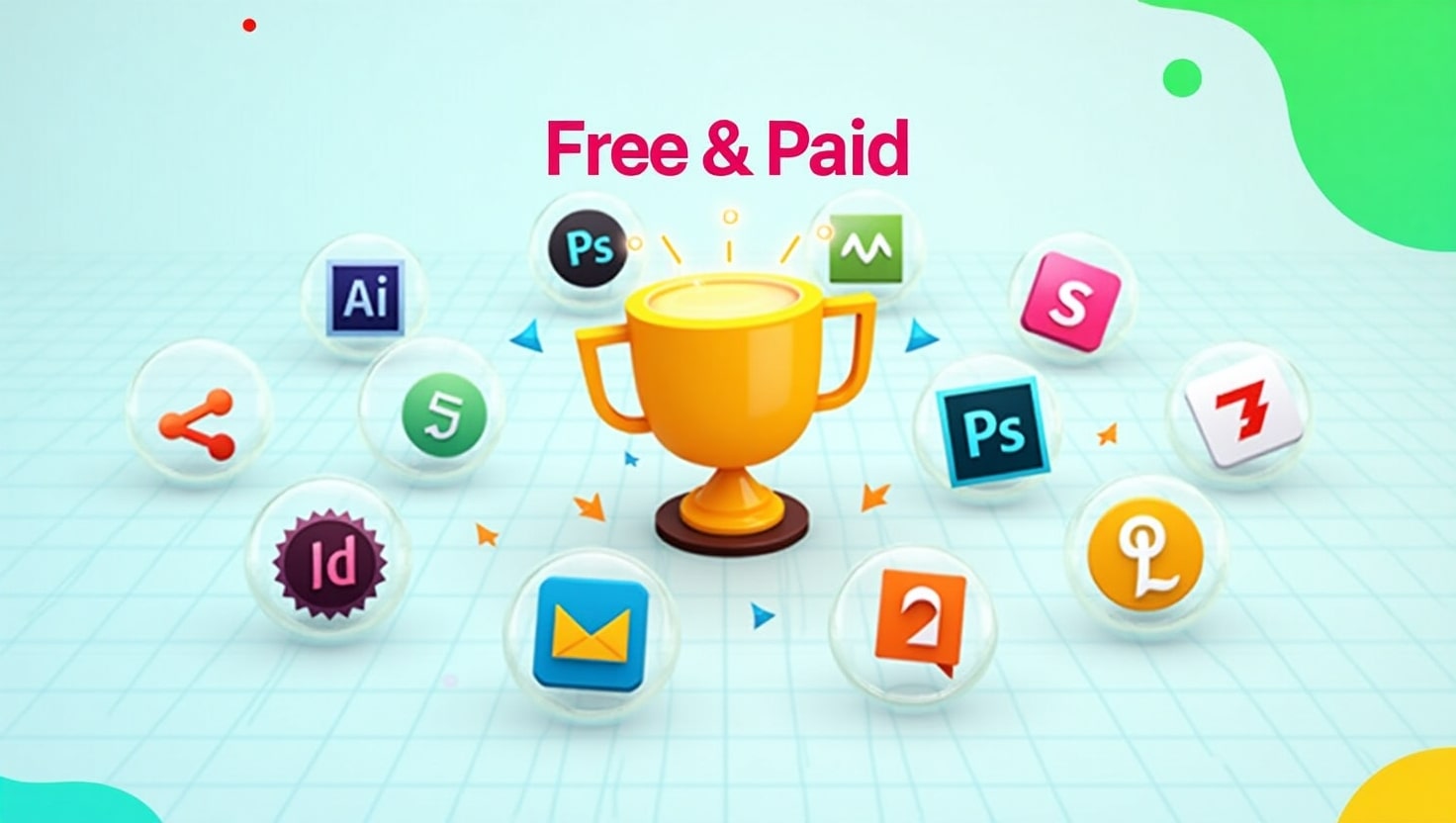
Top 10 Best Graphic Design Tools for Beginners in 2025 (Free & Paid)
Introduction: Why Beginners Need the Right Tools
Best graphic design tools for beginners can be exciting but also overwhelming. With so many tools available, it’s easy to get lost in the options. As a beginner, you need graphic design tools that are easy to learn, affordable, and feature-rich enough to help you grow. Whether you’re designing logos, social media posts, or website graphics, the right software can make all the difference.
In this article, we’ve handpicked the top 10 best graphic design tools for beginners in 2025, including both free and paid options. Whether you’re looking to go pro or just explore your creativity, there’s a tool here for you.
1. Canva – Best for Simplicity
Type: Free & Paid
Platform: Web, iOS, Android
Canva is best graphic design tools for beginners who want to dive into design without the steep learning curve. With drag-and-drop features, pre-made templates, and an intuitive interface, Canva allows anyone to create professional-looking graphics in minutes.
Key Features:
- Thousands of free templates
- Easy-to-use interface
- Perfect for social media posts, presentations, and posters
- Team collaboration options
Why it’s great for beginners: You don’t need design experience to use Canva. It’s as simple as choosing a template and customizing it.
2. Adobe Illustrator – Industry Standard
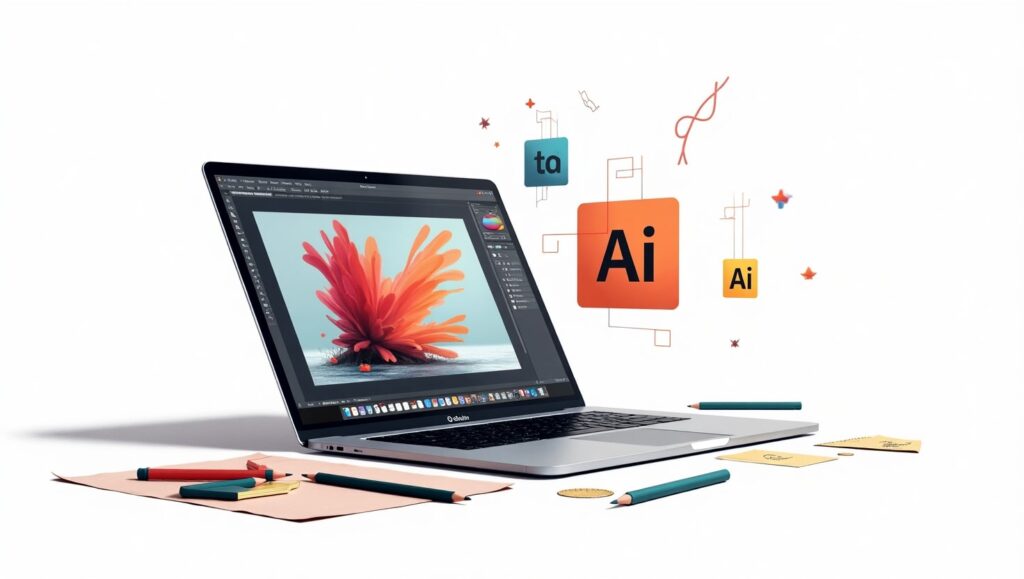
Type: Paid (Free trial available)
Platform: Windows, macOS
If you’re serious about pursuing best graphic design tools for beginners professionally, Adobe Illustrator is the go-to tool. It’s used by top designers around the world for creating logos, icons, typography, and complex illustrations.
Key Features:
- Precision vector design
- Integration with other Adobe apps
- Extensive typography tools
- Custom brushes and effects
Why it’s great for beginners: Though it has a steeper learning curve, beginners can start with tutorials and gradually master this powerful tool.
3. Figma – Collaborative Design

Type: Free & Paid
Platform: Web-based (with desktop apps)
Figma is a browser-based UI and best graphic design tools for beginners that’s widely used for interface design and collaboration. It’s especially ideal if you’re working in a team or planning to get into UX/UI design.
Key Features:
- Real-time collaboration
- Cloud-based autosave
- Works on any platform
- Design + prototyping in one tool
Why it’s great for beginners: It’s free to get started and encourages team-based design, which is perfect for learning in a group setting or classroom.
4. Gravit Designer – Browser-Based Versatility
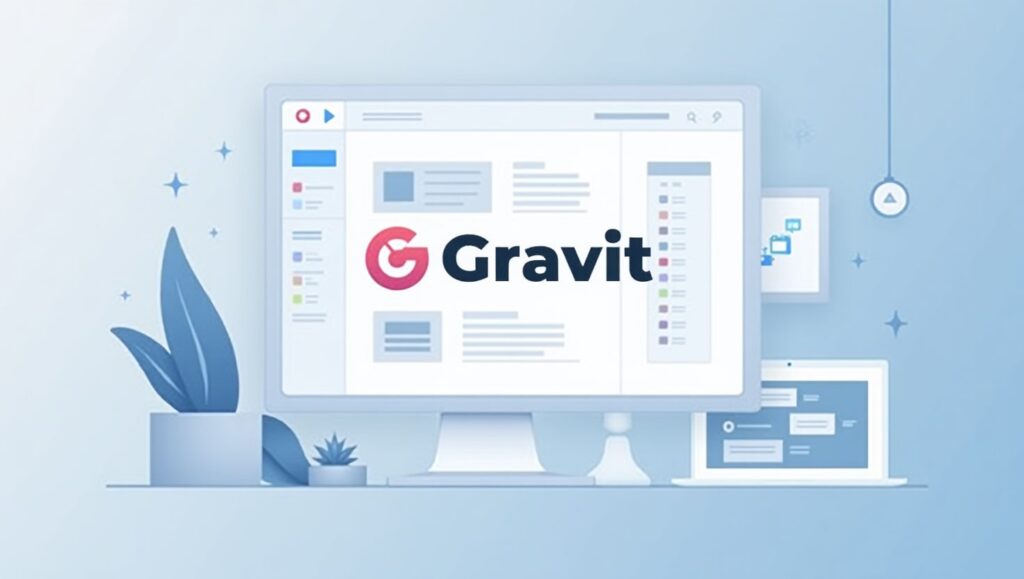
Type: Free & Paid (Gravit Designer Pro)
Platform: Web, Windows, macOS, Linux, Chrome OS
Gravit Designer offers a clean interface with essential tools for vector design. It’s ideal for creating UI designs, presentations, and illustrations, all from your browser.
Key Features:
- Works online and offline
- Modern user interface
- Cloud syncing
- Easy export options
Why it’s great for beginners: The learning curve is gentle, and it doesn’t require a powerful computer to run.
5. Vector – Free Vector Tool
Type: Free
Platform: Web, Windows, macOS, Linux
Vector is a completely free vector graphic design tool with a simple interface. It’s great for basic logos, icons, and infographics.
Key Features:
- Real-time sharing
- Simple and clean interface
- Free tutorials available
- Lightweight and fast
Why it’s great for beginners: Best graphic design tools for beginners without getting overwhelmed by advanced features.
6. Inkscape – Open Source Alternative
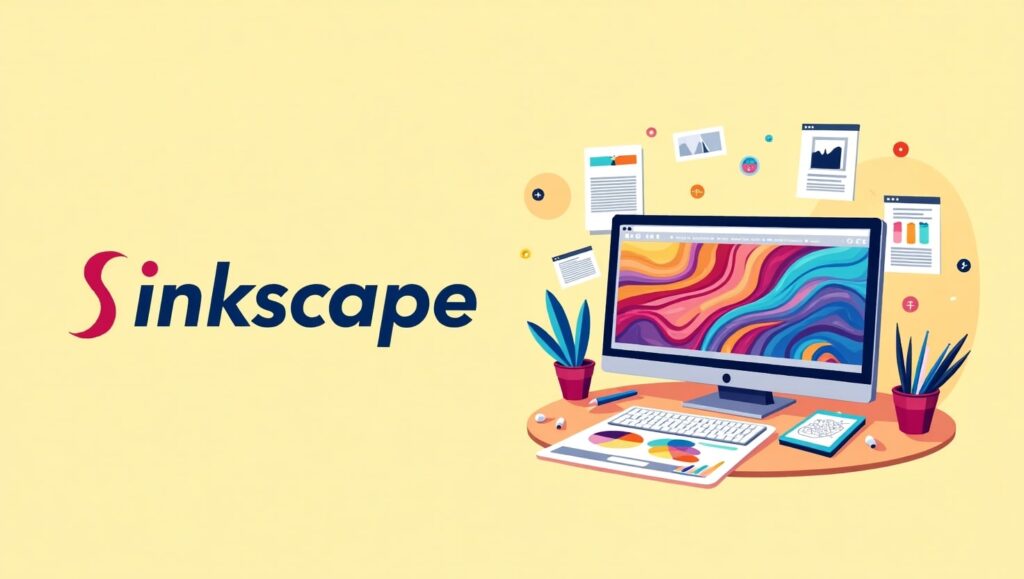
Type: Free (Open source)
Platform: Windows, macOS, Linux
Inkscape is a powerful free vector graphics editor that’s often compared to Adobe Illustrator. As an open-source tool, it has a strong community and regular updates.
Key Features:
- Advanced drawing tools
- Layer support
- File compatibility (SVG, AI, PDF)
- Custom extensions and add-ons
Why it’s great for beginners: Great for those who want full control over their design tools without paying for software.
7. Affinity Designer – Professional Quality at One-Time Cost
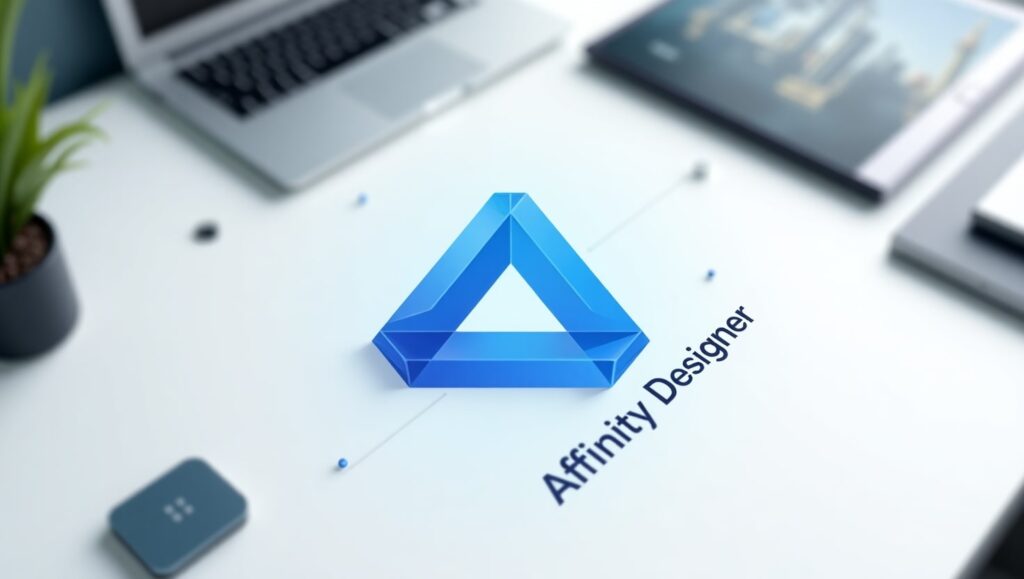
Type: Paid (One-time purchase)
Platform: Windows, macOS, iPad
Affinity Designer is a cost-effective alternative to Adobe Illustrator, offering professional features at a one-time price.
Key Features:
- Smooth vector and raster integration
- Responsive and lightweight
- Grid, snapping, and alignment tools
- Cross-platform performance
Why it’s great for beginners: Once purchased, you get lifetime updates. It’s a great investment without a subscription.
8. Pixlr – Easy Photo Editing
Type: Free & Paid
Platform: Web, iOS, Android
Pixlr is a lightweight photo editing tool that runs right in your browser. It’s perfect for beginners who want to edit images quickly for social media or blogs.
Key Features:
- AI-powered one-click edits
- Web-based—no downloads required
- Supports layers and effects
- Simple interface
Why it’s great for beginners: You can start editing without creating an account. Very beginner-friendly.
9. Krita – Digital Painting & Illustration
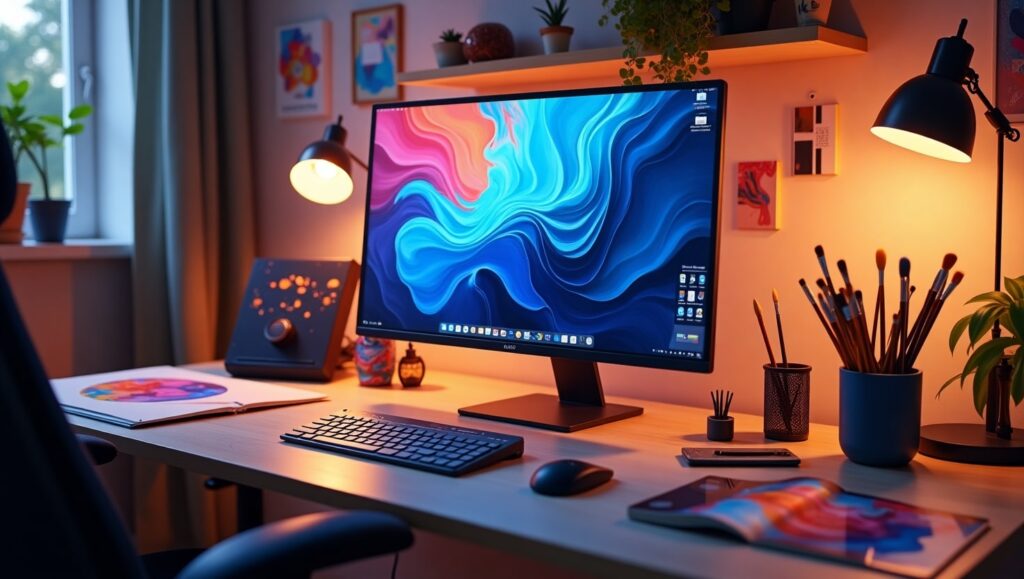
Type: Free (Open source)
Platform: Windows, macOS, Linux
Krita is best suited for digital illustration and painting, but it also offers graphic design tools for layout and composition.
Key Features:
- Brush customization
- Layer management
- Animation support
- Tablet-friendly interface
Why it’s great for beginners: Excellent for beginners interested in drawing and concept art.
10. Desygner – Mobile-Friendly Graphic Design
Type: Free & Paid
Platform: Web, iOS, Android
Desygner is a drag-and-drop graphic tool aimed at social media creators, bloggers, and marketers. It’s one of the easiest tools to use on a smartphone.
Key Features:
- Pre-made social media templates
- Mobile-first design
- Royalty-free image library
- Branding kit support
Why it’s great for beginners: If you’re creating graphics on the go, this is a must-have.
Tips on Choosing the Right Tool
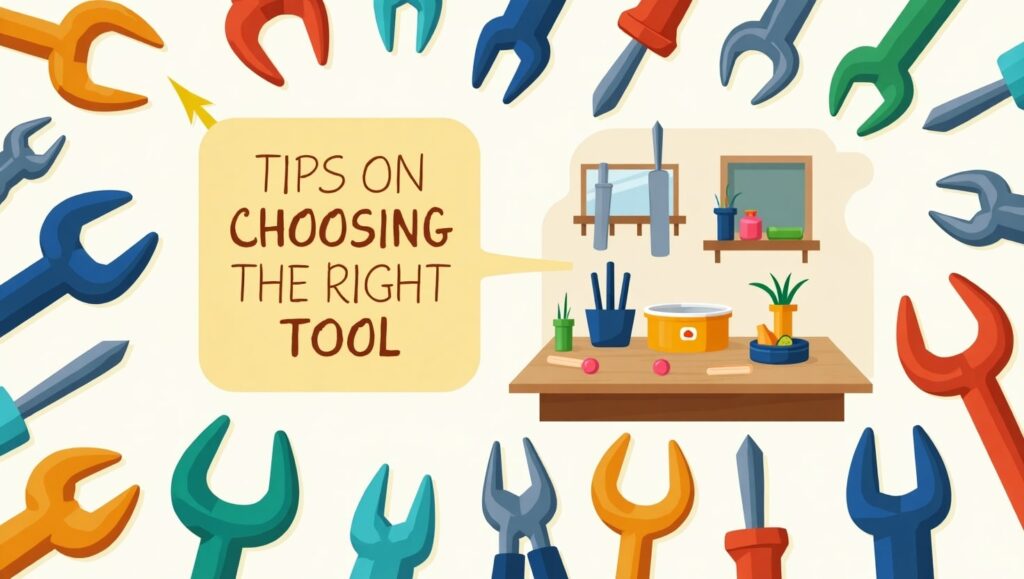
Choosing the best graphic design tools for beginners tool depends on your goals and workflow. Here are a few tips to guide your decision:
- Start Free: Explore tools like Canva, Vectr, and Inkscape to learn the basics without investment.
- Consider Your Goals: If you want to go professional, tools like Adobe Illustrator or Affinity Designer are worth learning.
- Try Before You Buy: Use free trials to test paid tools before committing.
- Use Community Resources: Many tools have active communities, free tutorials, and forums to help you learn faster.
- Match Tool to Task: Photo editing? Use Pixlr. UI design? Try Figma. Logo creation? Go with Illustrator or Vectr.
FAQ
What is the best free graphic design tool?
Canva is the best graphic design tools for beginners widely considered the best graphic design tools for beginners due to its ease of use, professional templates, and accessibility on all devices. For vector design, Inkscape is a top free choice.
Are paid tools worth it for beginners?
Yes, Best graphic design tools for beginners if you’re committed to building a career or serious hobby in graphic design. Tools like Adobe Illustrator and Affinity Designer offer features you’ll eventually need as your skills grow. However, you should explore free tools first to see what suits your style.
Conclusion: Start Simple, Grow Gradually
Every graphic designer starts somewhere. The key is to start simple—best graphic design tools for beginners, explore its features, and grow your skills at your own pace. Whether you begin with Canva, dive into Figma, or experiment with Inkscape, the most important thing is to keep creating.
Once you’re comfortable, consider investing in professional tools that open up even more creative possibilities. With the right tools and consistent practice, you’ll be creating stunning graphics in no time.
Graphics Design
Top 7 Essential Ways to Make T-Shirt Painting Design
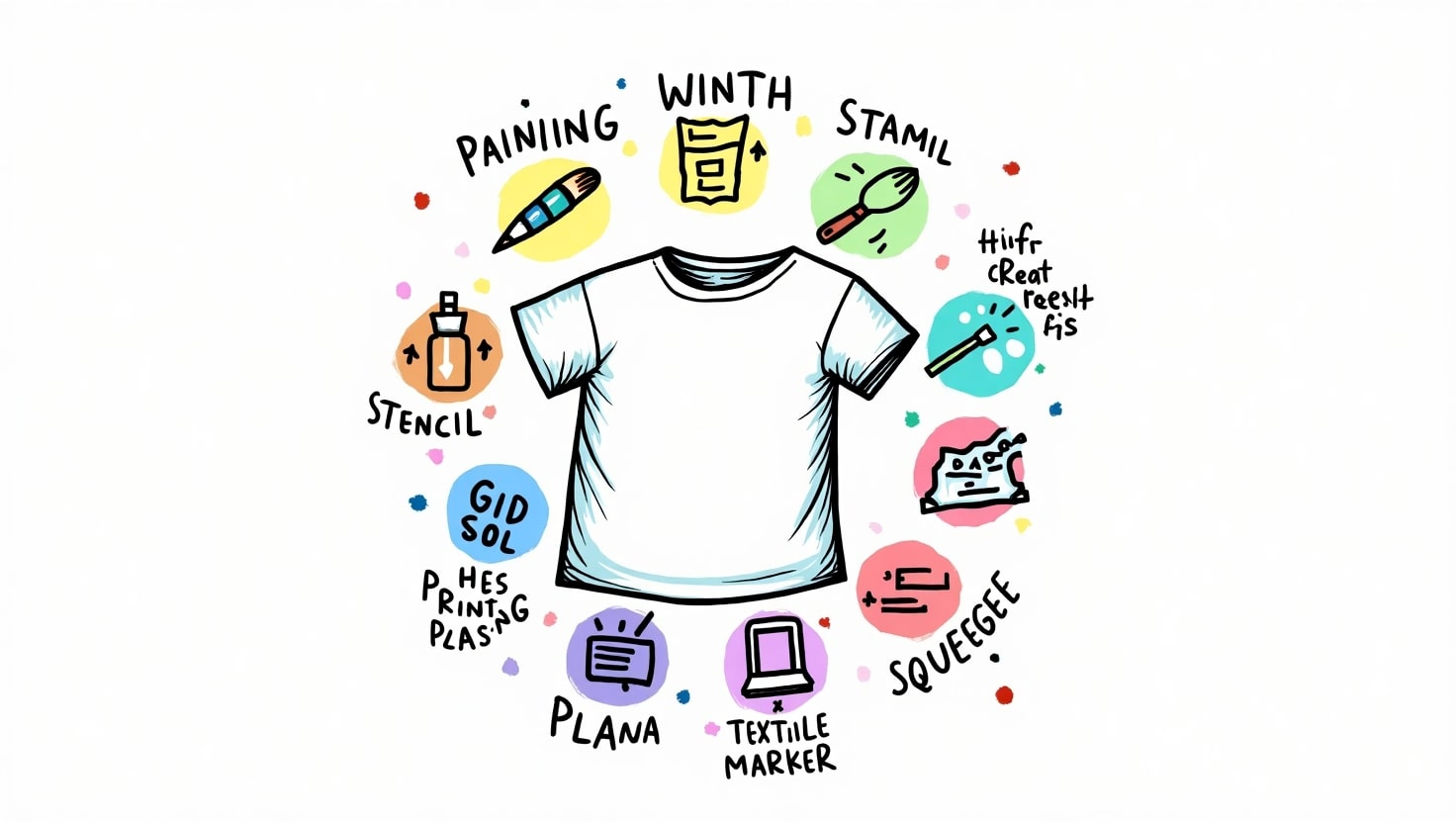
Top 7 Essential Ways to Make T-Shirt Painting Design
T-Shirt Painting Design can be a great tool of creativity or creation of a fashion identity or even a business. T-Shirt Painting can be a gateway to unending crafts no matter whether this would be your first or fourth attempt in painting. In this article, we are going to guide you on the 7 best methods on how to make t-shirt painting design stand out, how to do it, what to use, what style, and some tips on how to make custom t-shirt painting better without fail.
What is T-shirt Painting Design?
T-Shirt Painting Design is a decoration process of painting or ink on a piece of cloth, generally t-shirt, to come up with a unique picture. It is a form of clothing art in which an artist, fashion admirer or hobbyist can express themselves creatively in something that they can use daily. T-shirt painting design can express mood, culture, personality and even be used to champion a cause; miniature paintings to splashes of abstract colors.
DIY trend, sustainability and fashion individuality have rocketed the popularity of the t-shirt painting within the past years. Well, now we are to see the seven most useful techniques that can help you to master this exciting art.
1. Select The Appropriate T Shirt Base and Fabric
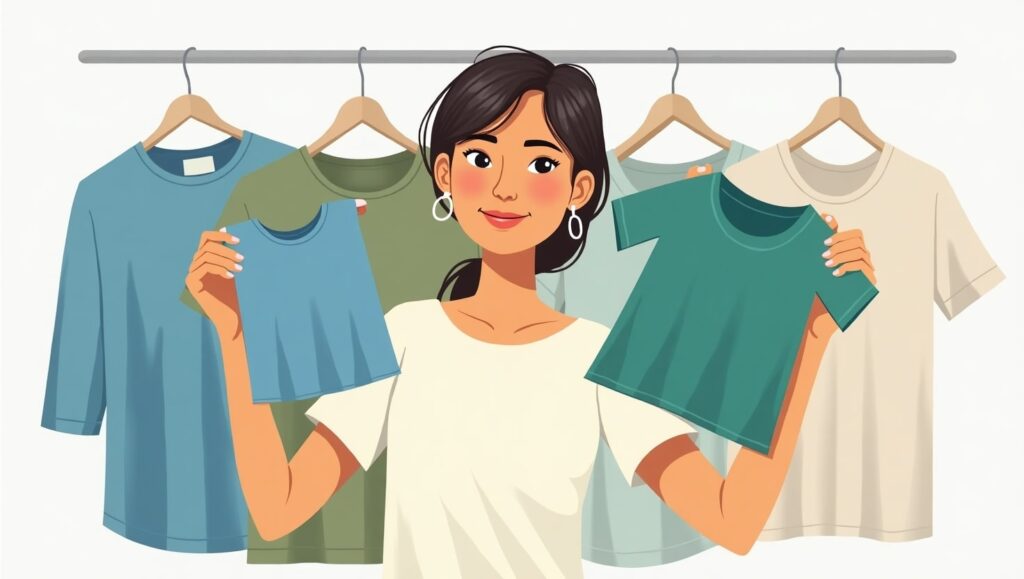
A t-Shirt Painting Design is the basis of every magnificent t-Shirt Painting. The choice of the material influences the quality of the adhesion of the paint, the hues of the palette and the durability of the design once washed.
The ideal fabrics of T-Shirt painting design:
- 100 percent Cotton: Trapping moisture is high on the scale and paint adhesion can also be achieved as well.
- Cotton-Poly Blend: Less absorbent and more long lasting.
- Bamboo or Organic cotton: an environmental-friendly and sustainable t-shirt painting design material.
Ensure that the t-shirt has already undergone a process of washing in order to draw away any factory treatment or shrinking. Get the finest painting experience on a smooth, non wrinkly surface.
2. Gather the Right Supplies
Without proper tools, even the most creative ideas for a t-shirt painting design can fail. Here’s a checklist of essential supplies:
Basic Materials:
- Fabric Paint (Acrylic-based or Water-based)
- Fabric Medium (optional, helps paint bond better)
- Paintbrushes of varying sizes
- Sponges or Rollers
- Palette or Mixing Tray
- Fabric Markers
- Pencil/Chalk (for sketching)
- Cardboard Insert (to avoid bleed-through)
These materials ensure your t-shirt painting design stays sharp, professional, and vibrant.
3. Sketch and Plan Your Design
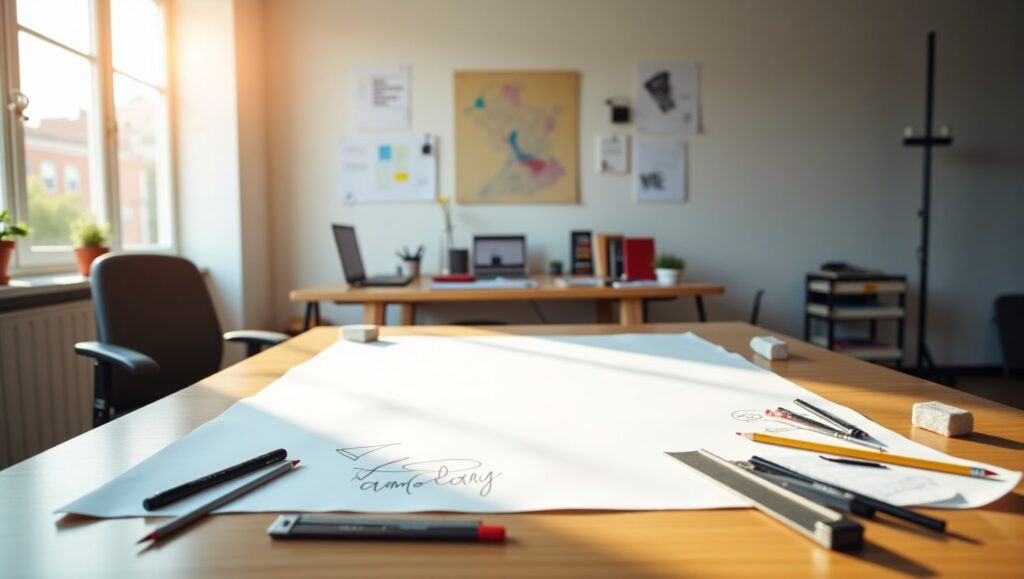
Before you dip a brush into paint, sketch your t-shirt painting design on paper or use a digital mockup tool. Planning is critical, especially for intricate designs.
Tips for Sketching:
- Start with light outlines.
- Consider color placement and negative space.
- Use stencils if you’re aiming for precision.
Planning your t-shirt painting design reduces mistakes and speeds up the painting process. You can even use transfer paper to trace your design onto the fabric if you’re not confident in freehand sketching.
4. Learn Different Painting Techniques
There are multiple ways to apply paint to a t-Shirt Painting Design. Understanding the right technique for your t-shirt painting design will make your artwork more dynamic.
Popular Painting Techniques:
- Freehand Brush Painting:
- Great for artistic expression and detailed artwork.
- Stencil Painting:
- Perfect for logos, patterns, or text. Ensures consistency.
- Sponge Painting:
- Adds texture and gradient effects to your t-shirt painting design.
- Splatter Technique:
- Offers a trendy, modern vibe. Use with contrasting colors.
- Block Printing:
- Involves carving a design into a stamp and repeating the pattern.
Each technique contributes something unique to the final look of your t-shirt painting design. Don’t hesitate to mix methods for a layered effect.
5. Learn to Use colors
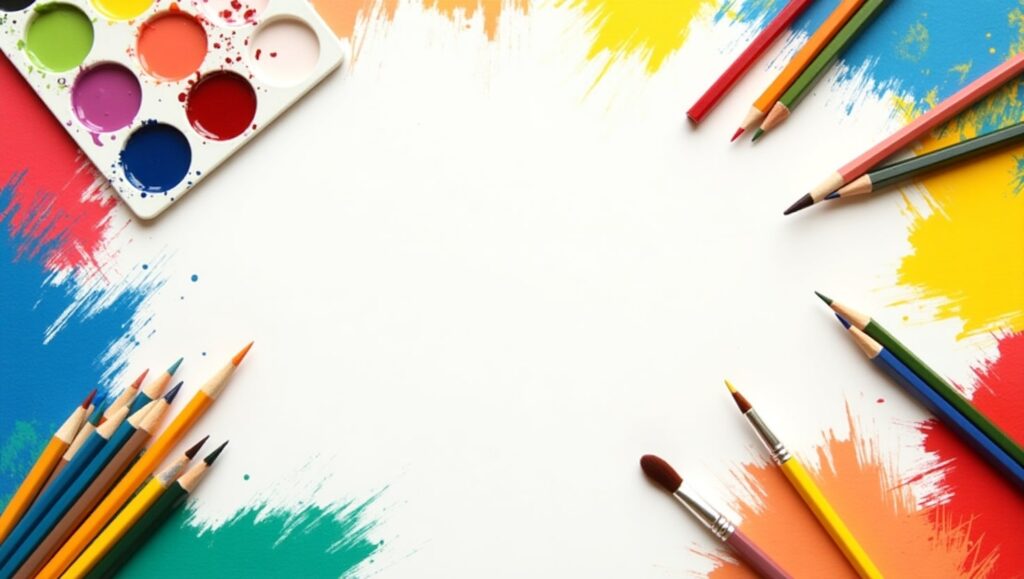
The color theory is very relevant in the area of painting t-shirts. Navigating a basic design with the compulsory color palette can turn a design to a work of art.
Know How to Select Colour:
- Take bold contrast by using complementary colors.
- Similar tints to bring out harmonious vibes.
- Apply white or black to make outlines/highlights.
Bear in mind that not all colors can be similar on textile and paper. Always test a small patch in case you want complete painting of t-shirt.
6. Use Fixing and Heat Fixing Methods
When you have painted your masterpiece that is the time to put the colors on so that they can be washed and worn.
T-Shirt Painting Design: Fixing Methods:
- Ironing: Apply a cloth or parchment paper on the painted area and press using medium heat setting on the iron within 3 to 5 minutes.
- Air-Drying: Leave your t-shirt painting design to dry up at least 24-48 hours.
- Heat Press: professional way of commercial-grade finish.
The paint is then sealed under the heat setting so it does not crack or fade, thus sealing into the fibers of your t-shirt painting design.
7. Care of Your Painted T Shirts
When the t-shirt painting is properly taken care of, then you get a long lasting life of the design and it remains vibrant.
Cleaning & Storing Information:
- Inside out wash in cold water.
- Never use bleach or strong detergents.
- Line dry or tumble low or machine dry.
- Iron inside-out, as required.
Once you have made something really well, you can be sure that your t-shirt painting design will keep shining all through the years.
Some Creative Ideas to Design T-Shirt Painting
Are you short of ideas? The popular t-shirt painting design themes are the following:
Minimalist Quotes
- Nature-based Patterns
- Graffiti and Street Style Painting
- The pop culture and Anime
- Geometric designs
- Motifs Tribal and Ethnic Motifs
- Personalized Name/Initials
The ideas can assist you to stimulate creativity and reach out to the target audience or customers.
The reason T-Shirt Painting Design is ideal with small businesses
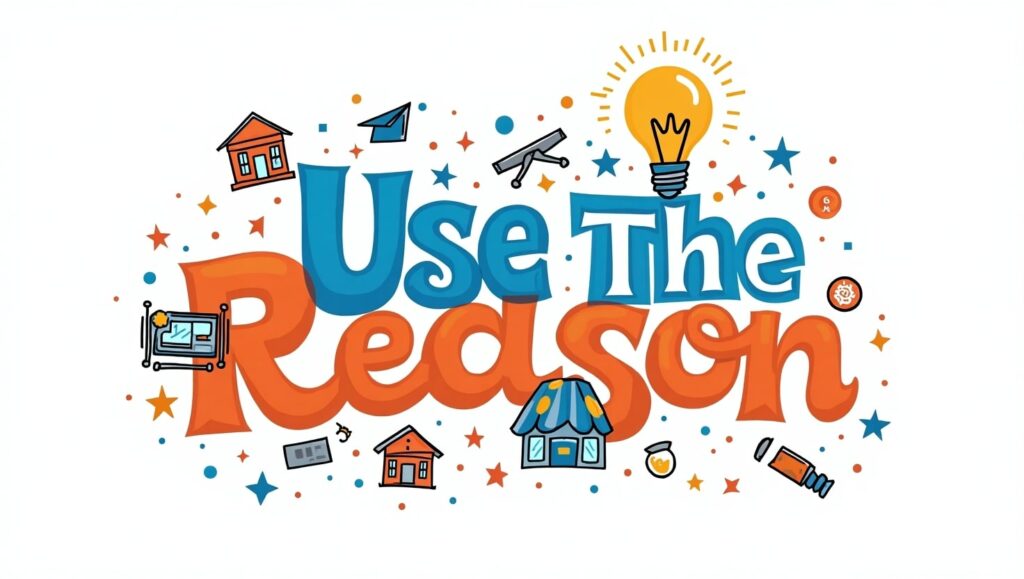
T-shirt painting design is also beautiful since the cost is cheap with high profit margin. These designers, painters, and designers are turning the ability to make money by selling personalized tees either online or in local fairs.
The advantages of T-Shirt painting Design as Business:
- No huge stock-out is needed.
- It is possible to tailor every design to the targeted niches.
- Handmade and green-friendly.
You may even provide customized t-shirt painting design services to such platforms as Etsy, Instagram, or your WordPress online store.
Questions and answers on T-shirt painting design
Q1. What should I use as a medium to paint t-shirt painting design, can I use normal acrylic paint?
Sure but in some fabric medium so that it does not crack and leave a soft finish.
Q2. How do I avoid loosing the paint in the washing?
After getting your paint design on your t-shirt completely dry, always take it and heat set it using an iron or heat press.
Q3. Which is the best color of t-shirt to be used?
T-shirts that are white and light in color are ideal for colored effects, but another to get dramatic effects is to use black t-shirts and use opaque or metallic paints.
Q4. What is the lifespan of painted t-shirt?
Well improvised t-shirt painting design will take a long time even after a lot of washings before it will begin to fade away.
Q5. Are children allowed to do t-shirt painting designs?
Absolutely! Just use paint that is washable and non toxic and monitor them as they set the heat.
Conclusion
The t-shirt painting design can be mastered by all types of artists, hobbyists, and business people. Selecting the appropriate fabric, preparing the design, printing it on, and employing the final heat fix, there are tips and methods to every process, which makes the result a beautiful and lasting t-shirt painting design. These 7 methods will determine what colorful and professional results you would achieve when creating a one-off work of your own or planning to launch a fashion brand.
The more you practice regularly and creatively, the more you will master t-shirt painting designs, and welcoming the world of art and even money.
Graphics Design
Essential Graphic Design Skill List for Freelancers
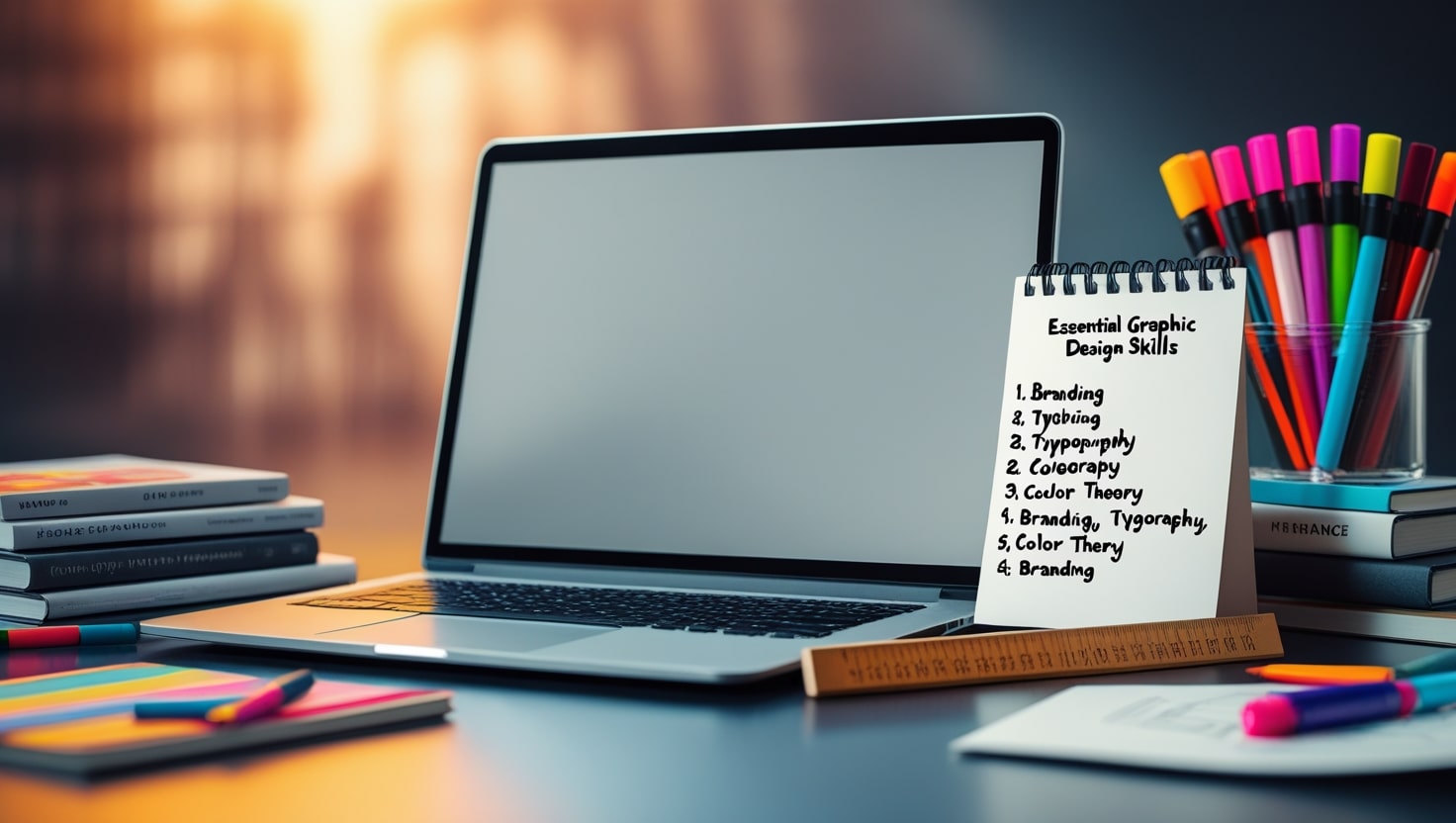
Essential Graphic Design Skill List for Freelancers
Graphic design skill list nowadays, it does not suffice to be a talented freelance designer in the way of the fast-moving creative economy. It demands balanced skill set of graphic designs that entails technical and soft skills. As a beginner or someone seeking to advance their career, being great in the basic graphic design skill list can also pave the way to greater clients, more money, and ultimate success in the relationship.
We will discuss all the skills you have to cover in your graphic design skill set, starting with basic tools and culminating in the skills required by a professional graphic designer. We will also discuss why these skills are important and how to master them as well as how to utilize them to get the right clients and projects depending on your expectations.
1. Graphic Design Skill List Introduction The Graphic Design Skill List is an important attribute of a Graphic Designer.
The graphic design skill list abilities that you have is your toolkit as a freelancer. It comprises all the knowledge about software along with thoughtful planning, interaction and communication with clients, and developing the identity of a brand. The fact that having a structured graphic design skill list list will not only enable you to analyze your capabilities as well as shortcomings, but also offer you easy time to sell your services.
The majority of businesses are heading towards freelance professionals to serve them with creative problems such that a present and relevant list of graphic design skill list will make sure that you stay ahead of others in this highly competitive industry.
2. The issue of acquiring a skill set among freelancers.

In contrast to agency designers, freelancers do not get the luxury of riding on a team. You are the designer, the project owner, the marketer and the communicator. Thus, it is vital to develop a rich and robust skill set of a graphic designer to your independence and development.
Having a comprehensive list of graphic design skill list also creates self-confidence among the clients. It demonstrates that you can also work with an impressive range of assignments: both coming up with graphic design skill list to place on social media and creating a whole brand identity.
3. The Basic Skills required by Every Freelancer in Designing
You should not run with sophisticated tools or some specific designs that you might be familiar with at an early stage. The basic list of the graphic design skill list comprises:
- Design principle (contrast, balance, alignment, repetition)
- Design of composition and layouts
- Visual hierarchy
- Simple form drawing or wire framing
- Thinking and problem solving design
These are fundamental aspects that these skills in professional graphic designing revolve around. In their absence, your visuals might not be coherent or even effective, regardless of their apparent visual attractiveness.
4. High-end Graphic Designing Techniques
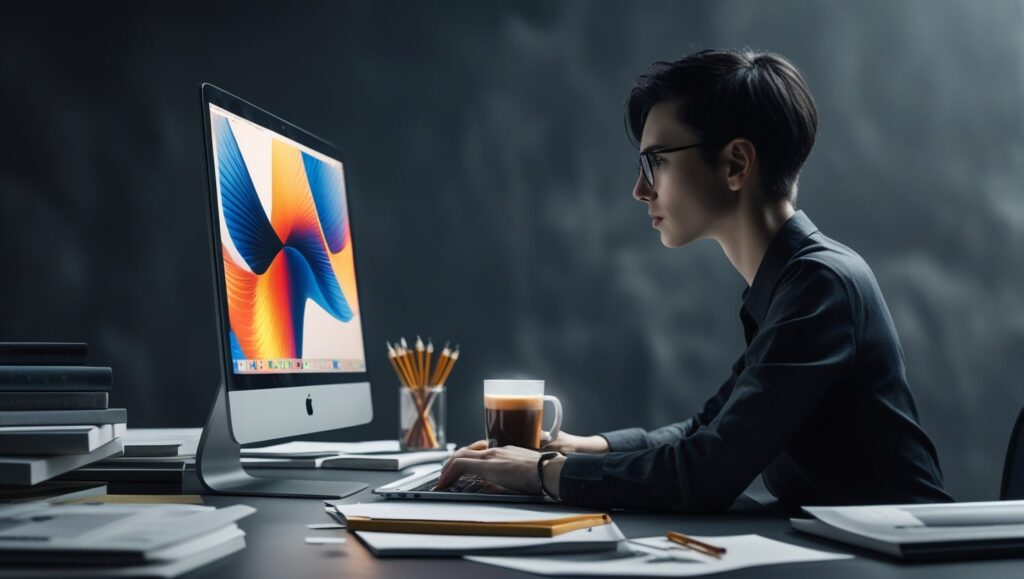
When you already managed to master the basics, it is high time to enter some more sophisticated elements of your graphic design skill list set:
- Photo manipulation and editing
- Vector drawing
- Icons design
- Infographic design
- The fine use of layering and masking
Such advanced skills will enable you to take on more involved projects such as packaging design, editorial layouts, or a digital campaign that will increase your worth as a freelancer.
5. The Accommodation Skill list of Graphic Design Software Proficiency

Your knowledge of some major design software is one of the most important elements of your graphic design skills list. As a freelancer you have to feel comfortable with the best tools of the industry:
- Adobe Photoshop: Digital painting and photo editing
- Adobe illustrator: Vector graphic and logo design
- Adobe InDesign: documents/publications with three or more pages e.g. brochures, eBooks
- Figma/Sketch/XD: UI/UX and Web Graphic Design
- Canva: Rapid template-based design Canva can be used to create beautiful templates in very little time.
The more tools you will be able to learn and to expand the list of tools on your set of skills of graphic design skill list the more you become versatile and employable.
6. Skills in Type and Design
Typography is also what it takes to make or break a design. When you combine this knowledge to your graphic design skill list set, then you comprehend:
- Pairing and contrast of fonts
- Space and legibility
- Typographical hierarchical use
- Balance in grids and layouts
This is why freelancers who are experts in typography are mostly recruited when encountered with branding, editorial, and advertising work where text is as equally important as imagery content.
7. Theory and practice in Color
The good design is very dependent on a proper color application. Ensure your skill set in graphic designing has:
- The knowledge of the color modes (RGB vs CMYK)
- Psychology of colors
- the palette making
- Harmony and contrast of color
Clients will usually wish to have their brand colors to elicit certain emotions and practicing color theory will help you add value to your company as a freelancer.
8. Branding and Image Design
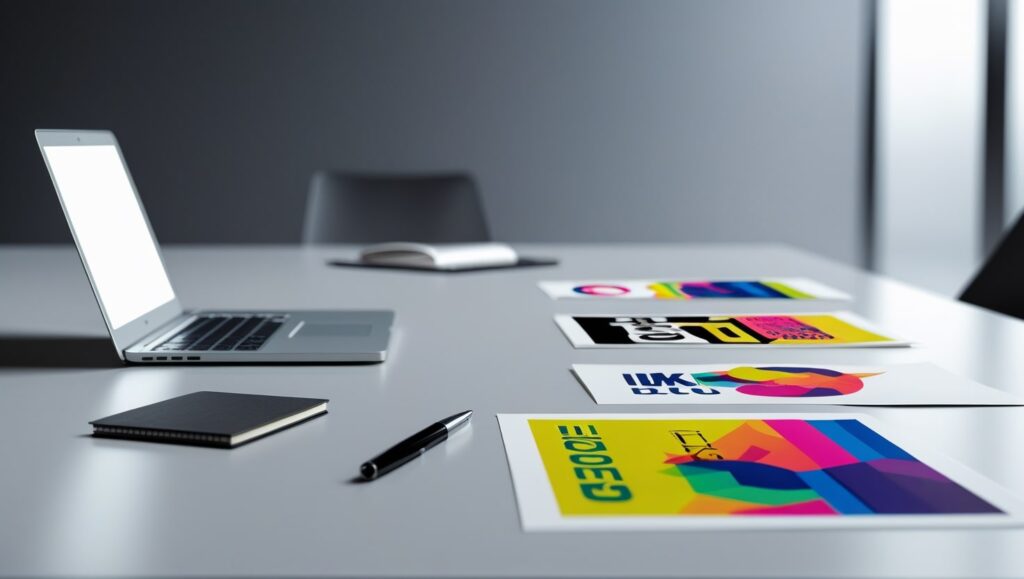
Branding expertise can help a freelancer earn good money on huge projects. To your list of graphic design skill list add the following:
- Logo designing
- Brand strategy and mood boards
- Brand guidelines
- Graphical narrations
Branding identities go beyond creation of logos but include deciphering how a company should communicate in terms of graphics; it is on the platform.
9. UX/UI Designing Skills as a Freelancer
Freelancers capable of providing UX/UI services are usually paid higher. Completing the list of your graphic design skill list with UX/UI means:
- Drawing wireframes and prototypes
- User journey mapping
- Designing mobile-first
- UI Design of the app/ Web
Such competencies are quite desirable with companies focusing more on digital user experience.
10. Motion Graphics and Animation
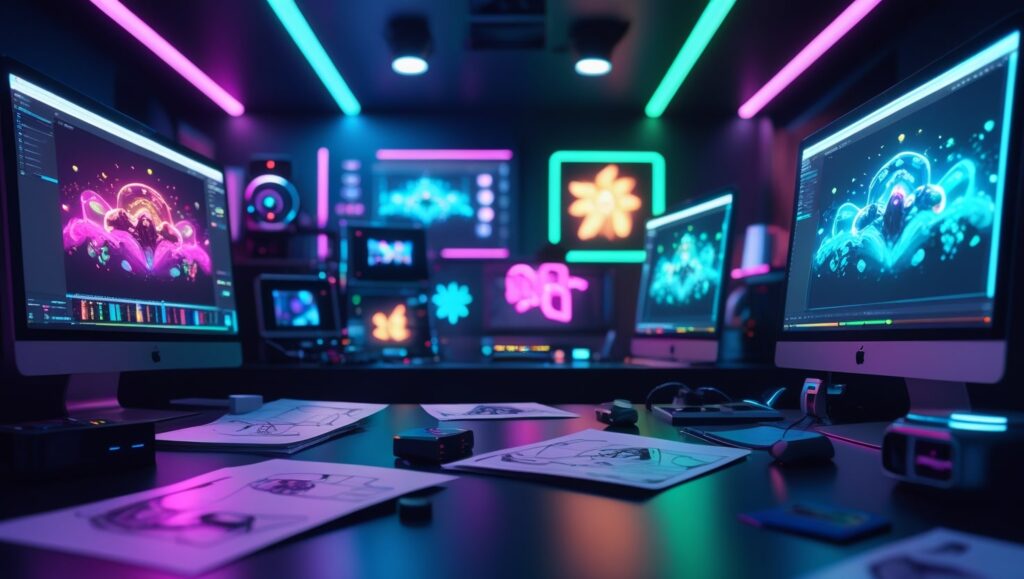
The digital space is taken over by motion. Motion design is something that sets you apart in the list of graphic design skill list. Get to know such tools as:
- Animations will be in After Effects
- Lottie on the web-based animations
- GIF making and video hacks
Even simple motion skills make a still stand, it allows creating a dynamic experience, ideal to share on social media and advertisements.
11. Collaboration and Communication skills
Soft skills are good elements of a graphic design skill list as well. You will have to be able to:
- An excellent skill at explaining things
- Know the needs of clients
- Treat feedback in a professional manner
- Liaise with other artists or marketers
Effective communication leads to the flow of work, improved success of projects and repeat clients.
12. Time and Project Management
Freelancers have to work on different projects. Time management should, therefore, find its place on the list of your graphic design skill list:
- Working with such an application as Trello, Notion, or Asana
- Maintaining due date and revisions
- Invoicing and ability to follow up clients
These are some of the productivity habits that enable you to be professional and you achieve expectations.
13. Marketing Freelance Designer
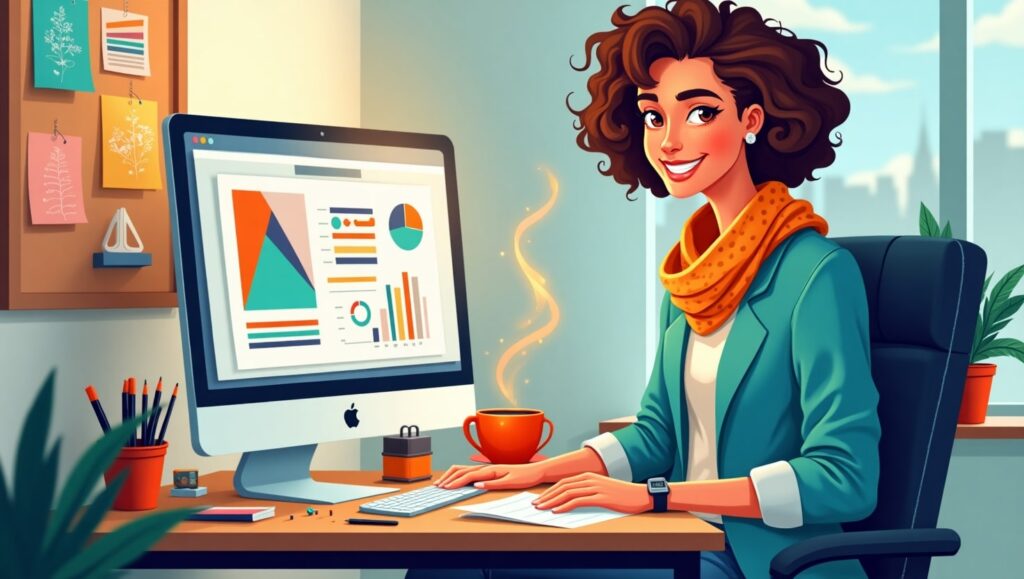
Self marketing is one thing that you never had to write on your list of graphic design skill list, but what you really need to do:
- Creation of a portfolio site
- Sharing work via social media
- Authorship of blogs or case studies
- Social networking on the web
The greatest designers cannot cope, when they are not visible. Marketing converts your talents into money making.
14. Your Application of Graphic Designs List in the Real World
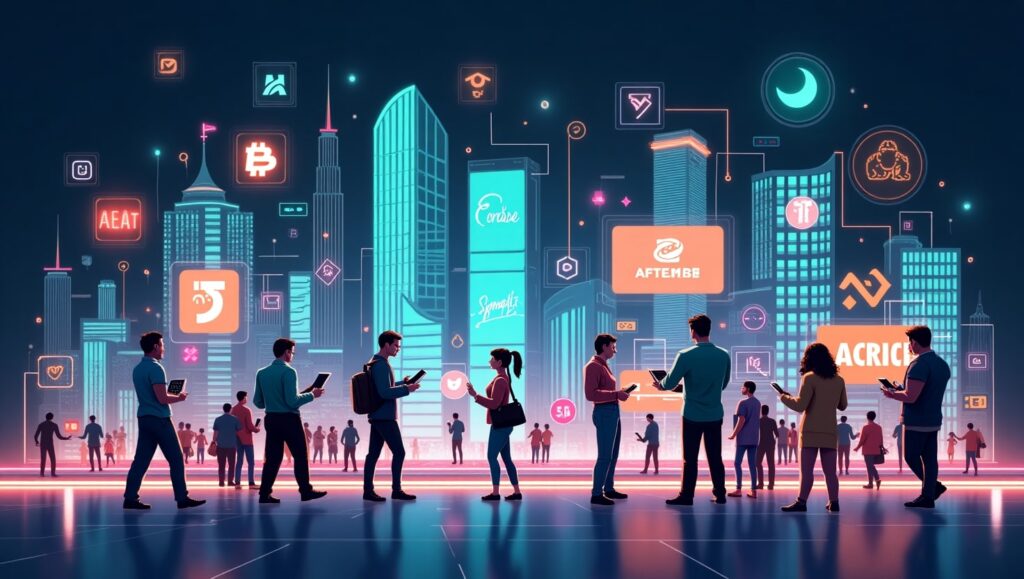
Your graphic design skill list should match the demand in the market. Put your abilities to:
Branding and logo assignments
- Designing of websites
- Digital advertising resources (ads, banners, email)
- Printed resources (flyers, business card)
- e-commerce Designs of products
A variety in the application of your graphic design skill list also enhances your reputation and gets a variety of clients.
15. What are the Ways of Developing Your Skill Set Continuously?
The artistic world is evolving rapidly. Make sure your graphic design skill list is not obsolete by:
- Doing online courses (Skillshare, Coursera, YouTube)
- Research of design fashion
- Doing it every day
- Asking another peer or even a mentor
The best freelancers are those who never stopped learning. Each new skill that you develop can translate to work that is of higher value.
16. FAQs
Q1. What must be in freelance graphic design skill list?
The freelance graphic design skill list must enroll software expertise, design philosophy, branding, constructing, user interface/user experience, commitment management, and organizational communicational proficiency.
Q2. What can I do to add to my list of skills in graphic design?
Continuously expand your list of graphic design skills by taking online courses, working on real-life projects, keeping up with design trends, and learning more through feedback by your mentors.
Q3. What is the importance of a graphic design skill list to freelancers?
It will make you competitive, versatile, and allow you to gain trust by potential clients because it will be evident what you are able to provide.
Q4. Is it possible to freelance when my graphic design list of skills is not very long?
Yes, but it will be limited by what you can do. Begin with the basic skills and slowly increase your freelance career with some extended skills list in graphic design.
Q5. Which skill is the most needed in a list of graphic designs skills today?
The same goes with UX/UI design, motion graphics, and branding opportunities that are highly sought as freelance assignments.
17. Final Thoughts
This is the most valuable resource a freelancer can have a checklist of graphic design skills. Not only will it make your work better, but it increases your confidence and credibility as well. With the combination of technical and soft skills you will become a trustful and multi-tasking designer that clients would not mind hiring again.
You are about to have a fresh start or a long time established and it is your time to look back, improve, and add some new things to your list of graphics design skills. It is a fact that success lies in the hands of those who are well equipped- so develop your talents, present them in a way they are attractive, and keep stretching your creative boundaries.
-
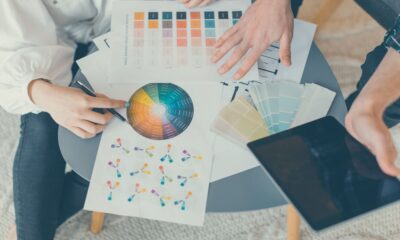
 Graphics Design1 year ago
Graphics Design1 year ago7.Exploring the Importance of Color Theory Charts
-

 Graphics Design10 months ago
Graphics Design10 months ago10 Stunning Gradient Design Trends You Need to Know in 2024
-

 Graphics Design1 year ago
Graphics Design1 year ago15.The Importance of Effective Flyer Design in Marketing
-
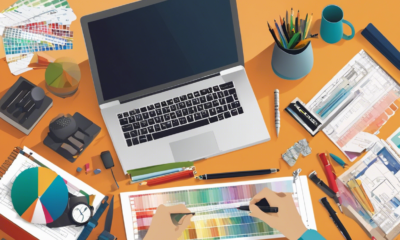
 Graphics Design1 year ago
Graphics Design1 year ago14.Mastering the Art of Print Design: Tips and Tricks
-
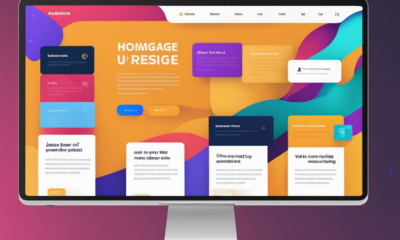
 Graphics Design1 year ago
Graphics Design1 year ago10.The Latest Trends in Web Design and Development
-

 Graphics Design1 year ago
Graphics Design1 year ago29.Retro Design Is Making a Comeback in Modern Spaces
-
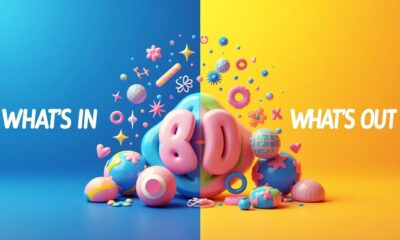
 Graphics Design5 months ago
Graphics Design5 months ago2025 Logo Design Trends: What’s In, What’s Out?
-
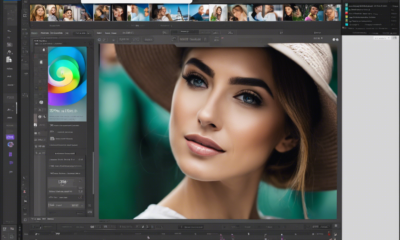
 Graphics Design1 year ago
Graphics Design1 year ago13.Exploring the Latest Trends in Photo Editing Software





Disposable Email Address
August 12, 2024 at 9:36 pm
certainly like your website but you need to take a look at the spelling on quite a few of your posts Many of them are rife with spelling problems and I find it very troublesome to inform the reality nevertheless I will definitely come back again.
Muhammad Ubaid
August 13, 2024 at 8:52 am
Okay
Techarp
September 10, 2024 at 6:28 pm
Techarp Pretty! This has been a really wonderful post. Many thanks for providing these details.
Muhammad Ubaid
September 10, 2024 at 7:16 pm
Thank you